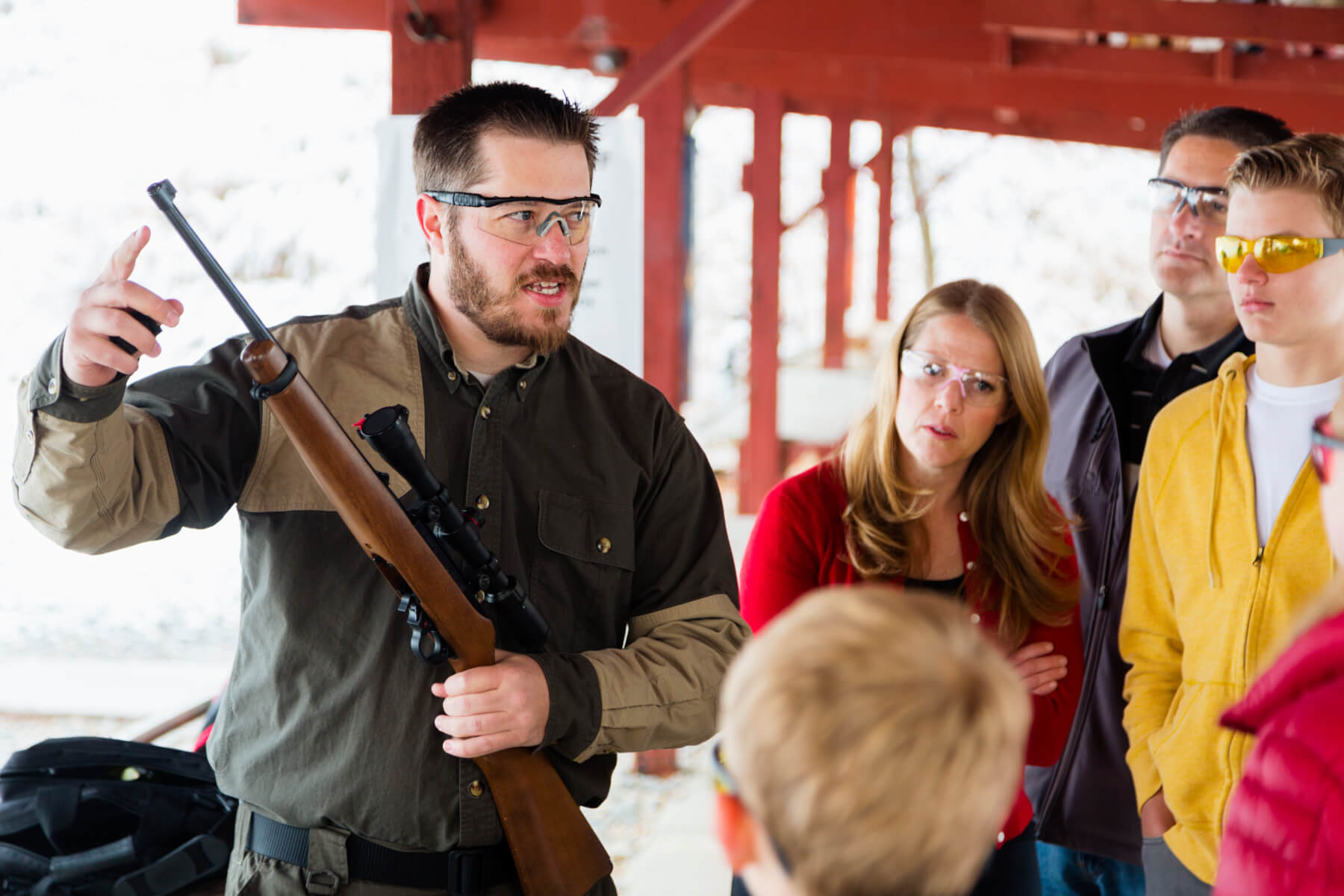The NRA’s Role Reversal
 On November 22, 1963, Lee Harvey Oswald shot President John F. Kennedy with a gun he bought through a mail-order ad in an NRA magazine. Shortly thereafter, Franklin Orth, then executive vice president of the NRA, testified before Congress about proposed gun control legislation, saying that mail-order rifle sales should be banned.
On November 22, 1963, Lee Harvey Oswald shot President John F. Kennedy with a gun he bought through a mail-order ad in an NRA magazine. Shortly thereafter, Franklin Orth, then executive vice president of the NRA, testified before Congress about proposed gun control legislation, saying that mail-order rifle sales should be banned.
Orth’s support of commonsense firearm regulation is a far cry from the rhetoric of the modern NRA, but it’s in line with the original goals of the organization. Established after the Civil War by a group of Union officers (plus, of all things, a former New York Times reporter) who were disappointed by the performance of their troops, the early goals of the NRA were to sponsor firearm safety education, marksmanship training, and shooting for recreation. Adam Winkler, author of the book Gunfight: The Battle over the Right to Bear Arms in America, writes that the original NRA focused more on safety than on expanding gun ownership:
“The old NRA also promoted gun control. In the 1920s, NRA leaders helped draft the Uniform Firearms Act — model legislation for states to adopt that established new, restrictive rules on carrying firearms in public. Karl Frederick, the NRA’s president, said at the time, ‘I have never believed in the general practice of carrying weapons… I think it should be sharply restricted and only under licenses.’ The Uniform Firearms Act only awarded licenses to ‘suitable’ persons with a ‘proper reason’ for carrying and created a waiting period before a newly purchased handgun could be delivered to the purchaser. Today’s NRA, by contrast, fights to eliminate these very same requirements.”
When Congress prepared to enact the first major federal gun control law in 1934, restricting the sale of machine guns favored by bank robbers, the NRA testified in support of the legislation. Later, the organization supported everything from requiring permits for concealed weapons to waiting periods to buy guns. It wasn’t until the late 1960s that the NRA’s tone began to shift. The organization opposed a provision in the Gun Control Act of 1968 that mandated a national gun registry of all guns and licensing of all gun carriers. It later turned up the heat on its messaging in 1971, after the Bureau of Alcohol, Tobacco, Firearms, and Explosives raided the home of Kenyon Ballew, an NRA member they suspected of stockpiling weapons. Ballew was shot and paralyzed. In 1977, a group of political activists voted out the organization’s leadership and changed the NRA’s focus.
The change has been dramatic. The organization now opposes expanded background checks, limits on magazine capacity, and barring gun sales to people on the No-Fly List. Yet more than half of Americans favor one or more of these measures. For a century and a half, gun rights advocates have had an important role to play in recommending reasonable measures to ensure safe gun ownership, while continuing to allow access to firearms for law-abiding citizens. Working together, we can back away from over-heated rhetoric and find solutions that benefit all Americans.
